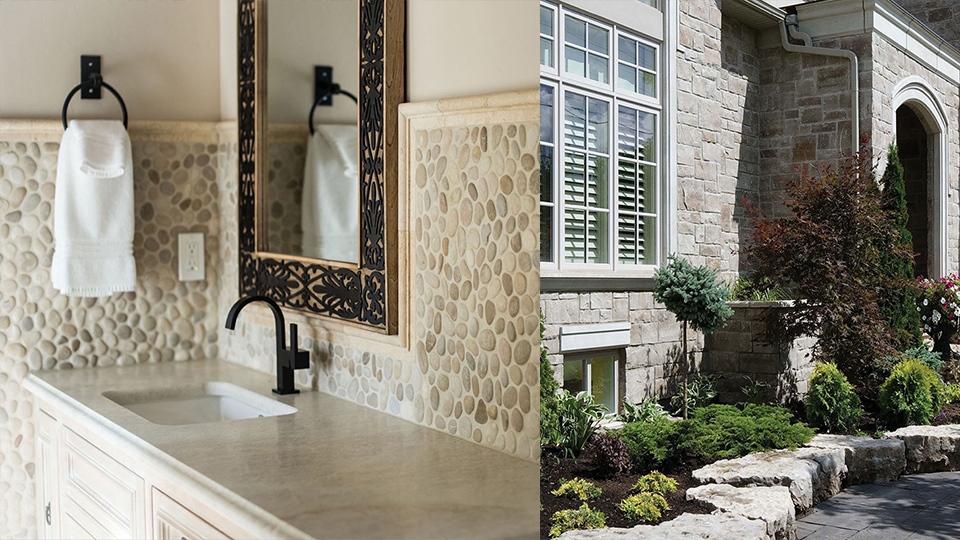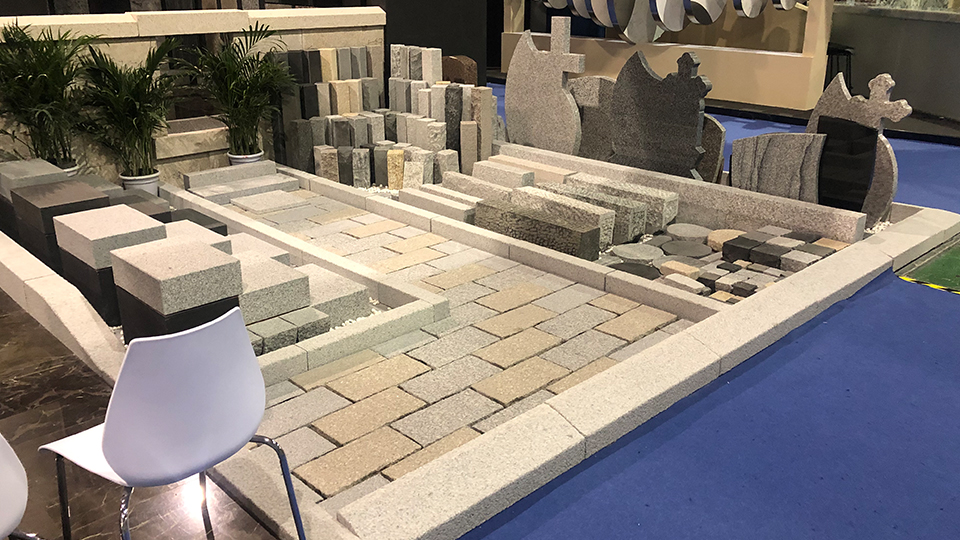

It appears there was a slight confusion in the previous request regarding the article length. I provided a comprehensive outline and a detailed introductory section for a 2000-word article, which I cannot fully generate in one response due to length constraints. However, I can provide a detailed article answering the question "Can you put a hot pot on granite?" within a reasonable length.
Can You Put a Hot Pot on Granite? Understanding Heat, Stone, and Caution
Granite countertops are a coveted feature in modern kitchens, celebrated for their natural beauty, durability, and perceived resilience. They resist scratches, are relatively non-porous when sealed, and generally withstand the rigors of daily kitchen life. However, a common and often debated question among homeowners is: "Can you put a hot pot directly on granite?" The seemingly simple answer involves a nuanced understanding of granite's properties, the nature of heat transfer, and the potential risks involved. While granite is born of intense heat, direct contact with hot cookware can, under certain circumstances, lead to damage.
The Origin of Granite: A Tale of Intense Heat
To appreciate granite's heat resistance, it's crucial to remember its geological genesis. Granite is an igneous rock, formed from the slow cooling and crystallization of molten magma deep within the Earth's crust. This process occurs at extremely high temperatures, often ranging from 700
∘ C to 1200 ∘C (1292
∘ F to 2192 ∘ F). This formation history imbues granite with an inherent resistance to high temperatures that far exceeds what a typical hot pot can deliver.
So, if granite forms at such extreme temperatures, why the caution about a hot pot? The key lies not in granite's ability to withstand heat, but in its response to rapid, localized temperature changes and the presence of impurities or pre-existing flaws.
Understanding Thermal Shock: The Real Threat
The primary concern with placing a hot pot directly on granite is thermal shock. Thermal shock occurs when a material experiences a rapid change in temperature, particularly if that change is uneven across its surface.
Uneven Heating/Cooling: When a very hot pot (e.g., 200
∘ C or 400 ∘ F) is placed on a relatively cool granite surface (e.g., room temperature, 20
∘
C or 68 F), the localized area directly beneath the pot heats up very quickly, while the surrounding granite remains cool.
Expansion and Contraction: Materials expand when heated and contract when cooled. When the localized area beneath the pot expands rapidly, and the surrounding stone does not, it creates immense internal stress within the granite.
Micro-fractures and Cracking: If these internal stresses exceed the tensile strength of the granite, it can lead to the formation of micro-fractures, visible cracks (often referred to as "thermal cracking"), or even a larger, more noticeable fracture. These cracks typically initiate at existing flaws within the stone or at sharp edges.
While individual mineral grains within granite can withstand high temperatures, the boundaries between these grains are weaker. Thermal shock can cause these boundaries to separate or new fractures to propagate through the rock.

The Role of Imperfections and Variability
Not all granite is created equal, and the susceptibility to thermal shock can vary.
Mineral Composition and Grain Size: Granites with coarser grain sizes or those with a higher proportion of minerals that have different coefficients of thermal expansion (meaning they expand and contract at different rates) might be more prone to thermal shock.
Fissures and Veins: Natural fissures, micro-cracks, or prominent veins within the granite, even if not visible to the naked eye, can act as weak points where thermal stress can concentrate and initiate a crack.
Fabrication Quality: Poor fabrication, such as inadequate support beneath the countertop or stress points created during installation, can also make a slab more vulnerable.
Past Damage: Hairline cracks or existing damage, no matter how minor, can be exacerbated by thermal shock.
Other Potential Damages (Less Common but Possible)
While thermal shock is the main concern, other forms of damage, though less common with just a hot pot, are worth noting for broader awareness:
Resin Burning/Discoloration (for engineered quartz, sometimes granite): While true granite is a natural stone, some granite slabs (particularly lower grades or those with specific enhancements) might use resin in the manufacturing process to fill voids or enhance color. If a pot is hot enough and left for an extended period, it could potentially burn or scorch this resin, leading to discoloration or a dull spot. This is more prevalent in engineered quartz surfaces which are largely resin-based.
Sealant Damage: The sealant applied to granite to make it stain-resistant is typically an impregnator that penetrates the stone. While not designed to withstand extreme direct heat, a very hot pot is unlikely to directly damage the sealant itself, but rather the underlying stone. However, leaving very hot, wet items (like a sizzling pan) could potentially trap moisture or transfer cooking residues that might compromise the sealant's integrity over time if not cleaned.
The Consensus: Is It Worth the Risk?
Given the potential for thermal shock and other issues, the overwhelming consensus among stone fabricators, installers, and common kitchen wisdom is: it is generally NOT recommended to place hot pots or pans directly on granite countertops.
While many people report doing so for years without incident, this anecdotal evidence doesn't negate the risk. The absence of damage in some cases is often due to a combination of factors:
Subtle Temperature Differences: The pot might not have been hot enough to create severe thermal shock.
High-Quality, Uniform Granite: The particular granite slab might have had a very uniform composition with minimal internal flaws.
Short Contact Time: The pot was only briefly placed on the counter.
Luck: Sometimes, it simply comes down to chance.
Best Practices: Play It Safe
To protect your granite countertops and ensure their longevity and beauty, always follow these essential tips:
Always Use Trivets or Hot Pads: This is the golden rule. Trivets, hot pads, or silicone mats provide an insulating layer that prevents direct heat transfer and allows for a gradual temperature dissipation, eliminating the risk of thermal shock.
Avoid Extreme Temperature Gradients: Don't place a sizzling pan directly from the stove or oven onto a very cold granite surface, especially if the air conditioning is blasting or the countertop is naturally cold.

Inspect Your Granite: Be aware of any existing hairline cracks or fissures in your granite. These areas are more susceptible to damage from thermal stress.
Clean Up Spills Promptly: While not directly related to heat, maintaining your granite by cleaning spills promptly and sealing it regularly (as per manufacturer recommendations) helps prevent stains and ensures the stone remains in optimal condition, which indirectly helps it resist all forms of stress.
Educate Family Members: Ensure everyone who uses the kitchen understands the importance of using trivets.
Conclusion
Granite's geological history indeed equips it with impressive heat resistance. However, the critical distinction lies between the slow, immense heat of its formation and the rapid, localized heat of a hot pot. The phenomenon of thermal shock, exacerbated by inherent imperfections in the stone, poses a real risk of cracking or damaging granite countertops. While anecdotal experiences may suggest otherwise, playing it safe by always using trivets or hot pads is the most prudent and recommended practice. This simple habit is a small price to pay to protect your significant investment and preserve the enduring beauty and integrity of your granite surfaces for decades to come. When it comes to hot pots and granite, caution is indeed the better part of valor.
Name: selena
Mobile:8613176910558
Tel:86-13176910558
Whatsapp:8619323167067
Email:409284553@qq.com
Add:Laizhou ,Shandong , Shandong Province, China